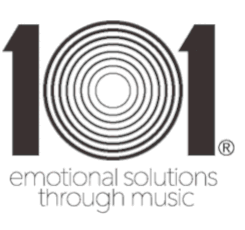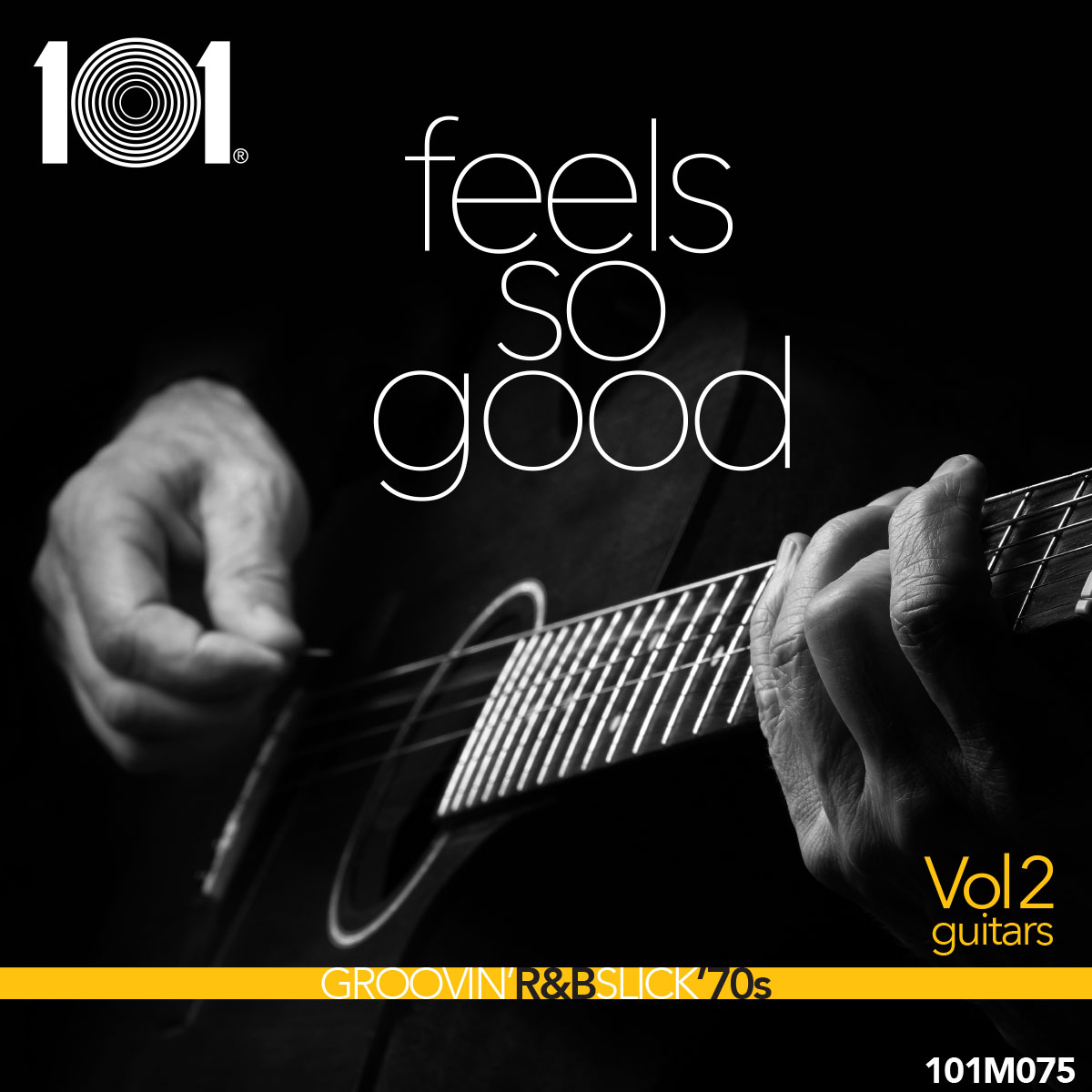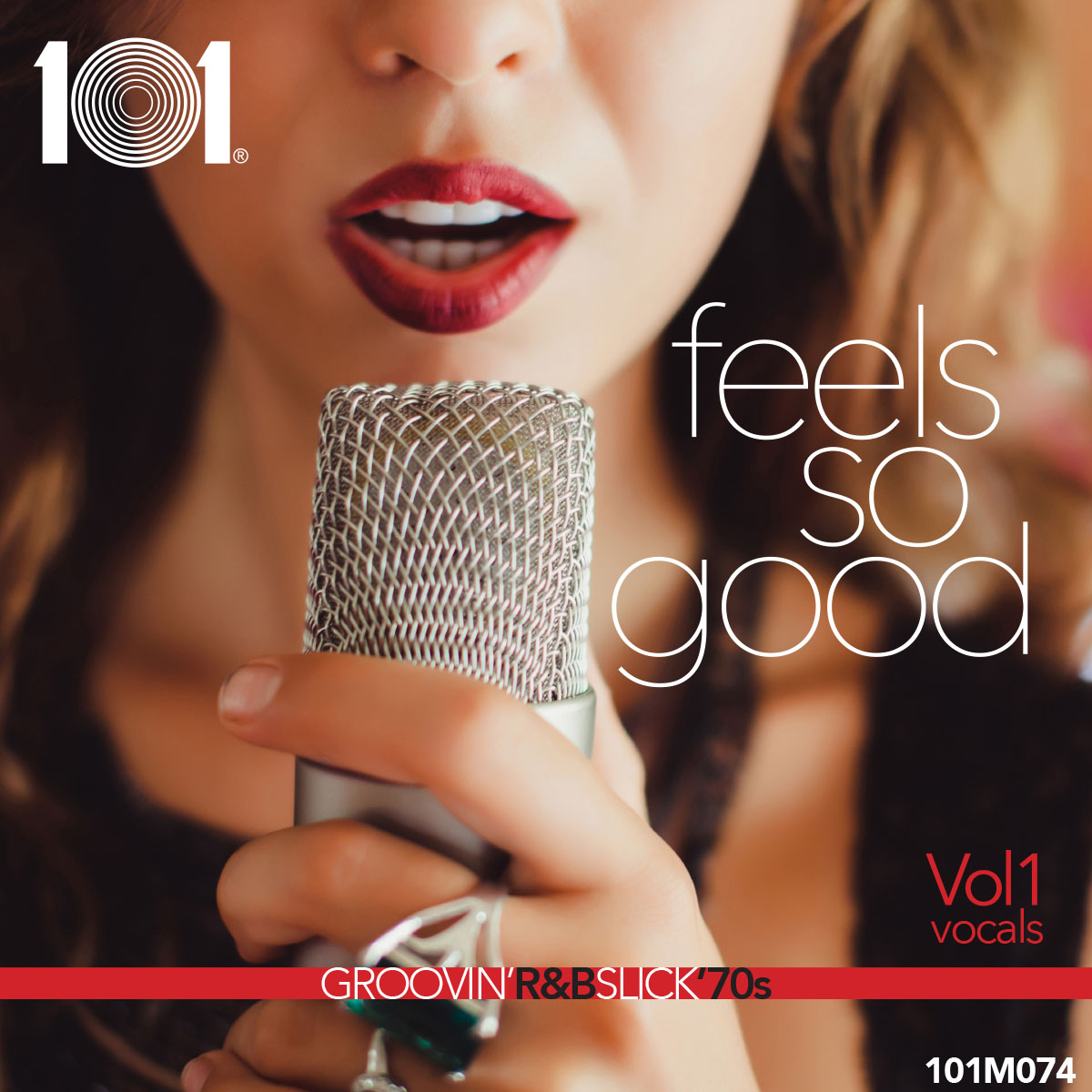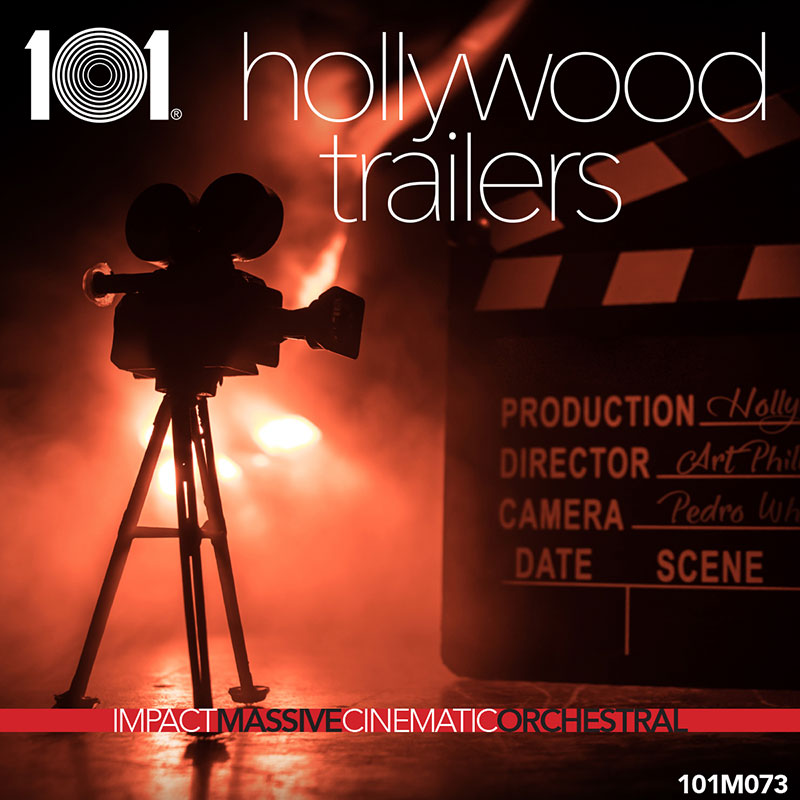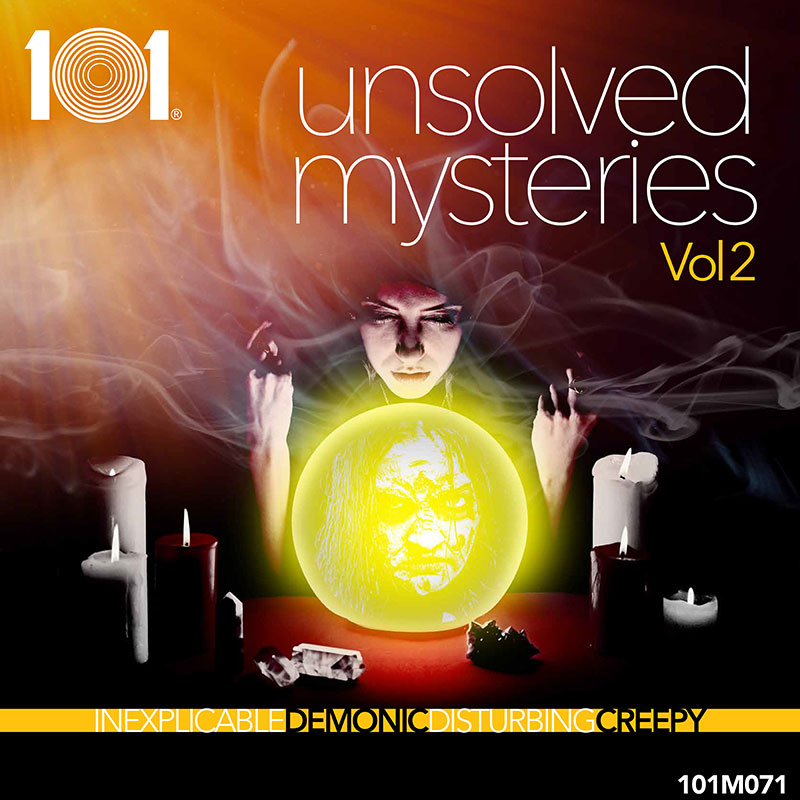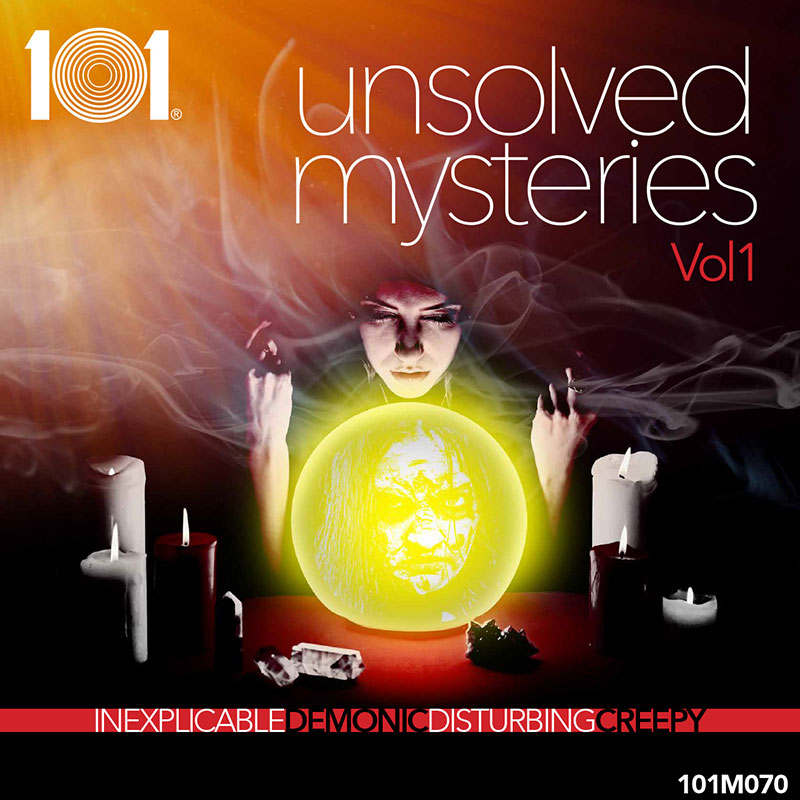Project Description
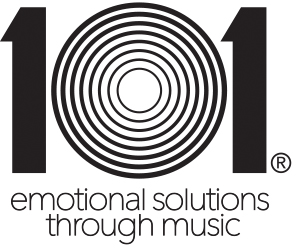
101M072 Piano Bar Saloon
being delivered to you today via Harvest Media
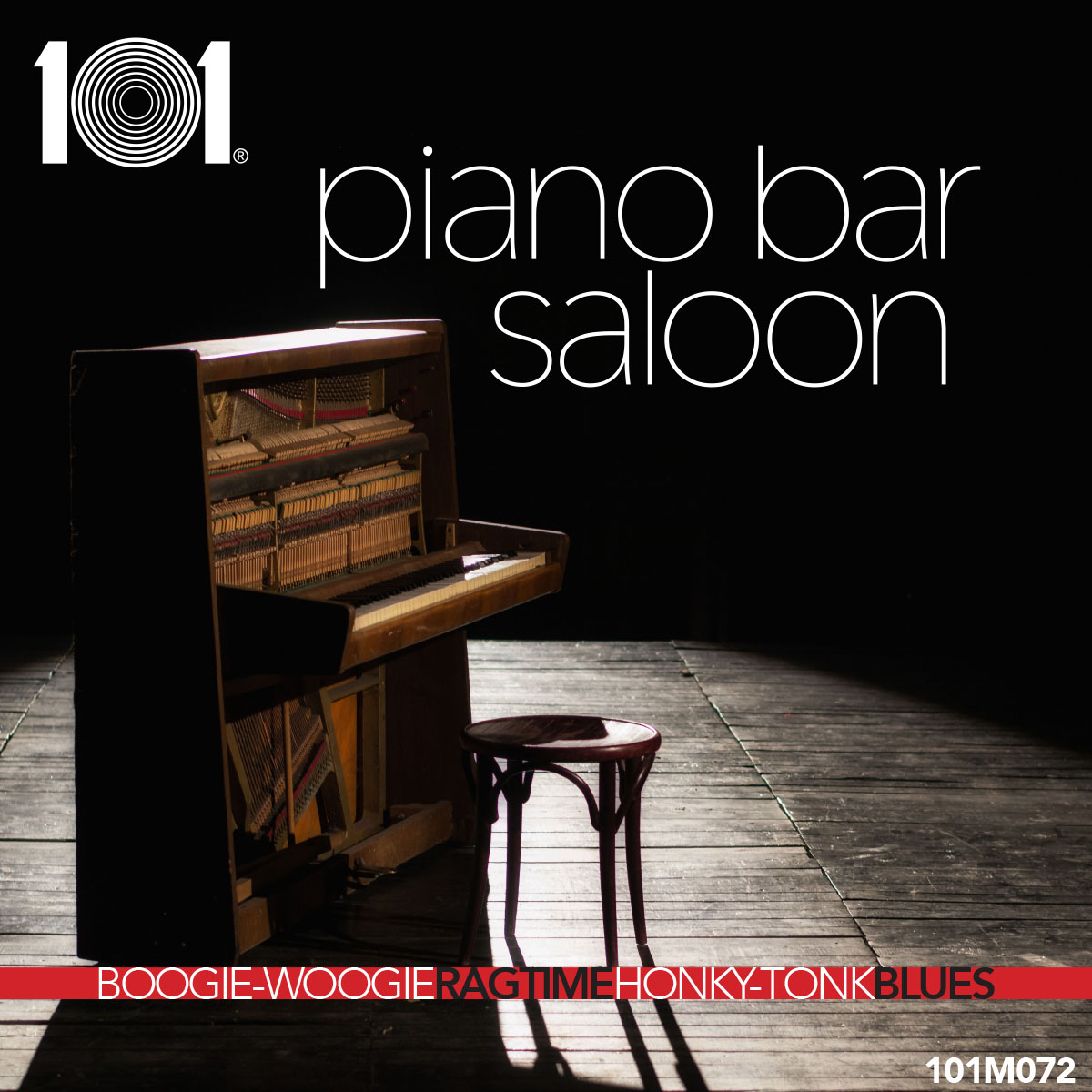
Composed & Performed by Jan Preston
BOOGIE-WOOGIE RAGTIME HONKY-TONK BLUES
Masterful live acoustic piano featuring authentic ragtime, honky-tonk, blues, stride, shuffle,
rockabilly, barrelhouse and boogie-woogie music styles that will set the scene delightfully for
any period and any storyline.
styles | genres | moodacoustic piano, ragtime, stride, honky-tonk, boogie-woogie, blues, barrelhouse, rockabilly, shuffle,
swing, New Orleans, early 20th century, westerns, period, burlesque, barroom
album keywordsacoustic piano, tavern, bar, saloon, entertaining, ragtime, stride, honky-tonk, boogie-woogie, blues,
barrelhouse, rockabilly, shuffle, swing, New Orleans, jazzy, fun, upbeat, playful, bouncy, happy,
joyful, good-humored, African-American, early 20th century, piano rolls, player piano, authentic,
burlesque, Wild West, period
PROMOTIONAL VIDEO to use for marketing
track titles
Barrelhouse Saloon, Cheeky Monkey Blues, Take It In Your Stride, Boogie-Woogie Of The Keys,
Train’s A Comin’, Rockin’ On Up, Heart To Heart Blues, Huffin’ And Puffin’ Along, Piano Station
Blues, Late Night Piano Bar, Shufflin’ Along, Piano On My Mind
music for
late night, bar scenes, tavern, saloon scenes, late 19th century, early 20th century, good times,
drinking, parties, dance halls, speakeasys, burlesque shows, juke joints, bordellos, humor, fun,
gangster scenes, brothel scenes, barmaids, nostalgia, westerns, animation, documentary, film,
television, advertising, reality TV, radio programming, video games
about the project
I’m excited to review this project for 101 Music Pty Ltd®, brilliantly composed and performed by Jan Preston (born and raised in New Zealand, residing in Sydney, Australia), not only because the project showcases her artistry & proficiency on the piano, but because it also provides such enjoyable entertainment for all.
Additionally, the album is an illustrative exploration of the beginnings of many North American musical genres – covering the historical evolution of many piano music styles from the late 1800s to the mid-1900s.
‘Blues’ started it all – as a secular African American musical genre largely developed in the Mississippi Delta after the American Civil War (1861 ~ 1865), and originally played by black agricultural workers. ‘Blues’ was the first music to emphasize improvisation.
‘Blues’ eventually led to ‘Ragtime’, which was born in the African American communities of St. Louis in the 1890s, evolved in taverns & bars along the Mississippi & Missouri rivers, and was virtually everywhere by the early 1900s (sheet music, piano rolls, phonograph records, theaters, and bordellos). This genre takes traditional march form & adds the syncopated or ‘ragged’ beat of African music.
Around that same time, early ‘Jazz’ (which means pep or energy) began with the soulful brass bands of New Orleans around the late 1800s, then became incredibly popular in the ‘Roaring Twenties’. A dominate jazz piano style known as ‘Harlem Stride Piano’ also became favored as it was a derivative form of Kansas City jazz and an extension of ragtime.
‘Boogie-woogie’ music, although originating in the late 1800s by traveling African Americans in East Texas, became distinguishable by a frenetic rhythm of the piano and in the 1920s was played in honky-tonks on the South Side of Chicago. It eventually gained national attention in the late 1930s and thrived until about 1945. In some parts it became known as ‘Barrelhouse’, a reference to the cheap venues where beer was served out of barrels. The boogie-woogie dance evolved and was similar to swing dance, the jitterbug, and jive.
In the meantime, ‘Honky-Tonk’, a country music style which developed near the oil fields of Texas and Oklahoma in the 1940s, eventually featured a louder driving (electric) sound with songs about heartbreak and drinking.
Other musical styles developed throughout the 1900s including ‘Swing’ – a blending of blues and jazz in the cities of New Orleans, Chicago and Kansas City; and ‘Shuffle’ – a blending of electric blues and swing jazz.
In the 1950s ‘Rockabilly’ came into fashion with white performers in the rural areas of the American South drawing upon both country western and rhythm & blues influences. Of course this soon led to the beginning of ‘Rock ‘n’ Roll’ – a combination of R&B, country and jazz, with an emphasis on electric instruments.
By the 19th century, the piano was a common fixture in the home and virtually became the ‘television of the middle class’ for at-home entertainment. (Due to manufacturing advances during the Industrial Revolution, musical instruments had become much cheaper to produce.)
The pinnacle of the player piano (also known as the pianola) was brief, with sales peaking in 1924. Between 1910 and the mid-1920s piano rolls were actually more popular than recordings, since technology was primitive and piano recordings were lacking in quality.
The 20th century brought major changes to music, including many involving the piano: rhythms were expanded and melodies had wider leaps, making music unpredictable. Also, broadcasting and recording widened the potential audience for concert artists. Perhaps the single most remarkable aspect of music in the twentieth century, however, is that finally listeners could hear music when and where they wanted to hear it!
Bev Klingsick (July 2023)
about the project
I’m excited to review this project for 101 Music Pty Ltd®, brilliantly composed and performed by Jan Preston (born and raised in New Zealand, residing in Sydney, Australia), not only because the project showcases her artistry & proficiency on the piano, but because it also provides such enjoyable entertainment for all.
Additionally, the album is an illustrative exploration of the beginnings of many North American musical genres – covering the historical evolution of many piano music styles from the late 1800s to the mid-1900s.
‘Blues’ started it all – as a secular African American musical genre largely developed in the Mississippi Delta after the American Civil War (1861 ~ 1865), and originally played by black agricultural workers. ‘Blues’ was the first music to emphasize improvisation.
‘Blues’ eventually led to ‘Ragtime’, which was born in the African American communities of St. Louis in the 1890s, evolved in taverns & bars along the Mississippi & Missouri rivers, and was virtually everywhere by the early 1900s (sheet music, piano rolls, phonograph records, theaters, and bordellos). This genre takes traditional march form & adds the syncopated or ‘ragged’ beat of African music.
Around that same time, early ‘Jazz’ (which means pep or energy) began with the soulful brass bands of New Orleans around the late 1800s, then became incredibly popular in the ‘Roaring Twenties’. A dominate jazz piano style known as ‘Harlem Stride Piano’ also became favored as it was a derivative form of Kansas City jazz and an extension of ragtime.
‘Boogie-woogie’ music, although originating in the late 1800s by traveling African Americans in East Texas, became distinguishable by a frenetic rhythm of the piano and in the 1920s was played in honky-tonks on the South Side of Chicago. It eventually gained national attention in the late 1930s and thrived until about 1945. In some parts it became known as ‘Barrelhouse’, a reference to the cheap venues where beer was served out of barrels. The boogie-woogie dance evolved and was similar to swing dance, the jitterbug, and jive.
In the meantime, ‘Honky-Tonk’, a country music style which developed near the oil fields of Texas and Oklahoma in the 1940s, eventually featured a louder driving (electric) sound with songs about heartbreak and drinking.
Other musical styles developed throughout the 1900s including ‘Swing’ – a blending of blues and jazz in the cities of New Orleans, Chicago and Kansas City; and ‘Shuffle’ – a blending of electric blues and swing jazz.
In the 1950s ‘Rockabilly’ came into fashion with white performers in the rural areas of the American South drawing upon both country western and rhythm & blues influences. Of course this soon led to the beginning of ‘Rock ‘n’ Roll’ – a combination of R&B, country and jazz, with an emphasis on electric instruments.
By the 19th century, the piano was a common fixture in the home and virtually became the ‘television of the middle class’ for at-home entertainment. (Due to manufacturing advances during the Industrial Revolution, musical instruments had become much cheaper to produce.)
The pinnacle of the player piano (also known as the pianola) was brief, with sales peaking in 1924. Between 1910 and the mid-1920s piano rolls were actually more popular than recordings, since technology was primitive and piano recordings were lacking in quality.
The 20th century brought major changes to music, including many involving the piano: rhythms were expanded and melodies had wider leaps, making music unpredictable. Also, broadcasting and recording widened the potential audience for concert artists. Perhaps the single most remarkable aspect of music in the twentieth century, however, is that finally listeners could hear music when and where they wanted to hear it!
Bev Klingsick (July 2023)
about the composer
JAN PRESTON is a knockout composer, pianist and singer who has captured audiences around the world with her energetic performances.
Winner of 5 music awards, Jan plays concerts and festivals throughout Australia, New Zealand, and Europe. She has written music for over 100 films and composed soundtracks for many television programs, including the theme to ABCTV’s Australian Story.
Jan’s piano instrumental Trout Blues is the title music to BBC Radio London’s Evening Show.
About the Project – from the composer and performer
‘When 101 Music approached me to compose and perform 12 piano tracks in the boogie, blues, ragtime and barrelhouse style, my creative journey was wide open.
My daily routine consisted of the gym, then breakfast, after which my musical brain went into overdrive as I worked away on the project all day. Much coffee was drunk, and many grooves in the wooden floor of my studio were made as I took breaks, walking up and down thinking, thinking, thinking – then composing and performing !
I was bursting with various ideas and, over time, focused the 12 tracks down to these finals – according to style, tempo, mood and key. I wanted a variety of fast and slow grooves, keys, melodies and most of all – useful atmospheres and moods. Some of these pieces are playful, fun, uplifting and even humorous. Others are contemplative edging towards sadness.
For me there were 2 separate processes: firstly, composing a great tune, and secondly capturing a magical performance that has momentum, a natural groove, and expressiveness.
I hope I’ve achieved these goals’!
Jan Preston (July 2023)
about the composer
JAN PRESTON is a knockout composer, pianist and singer who has captured audiences around the world with her energetic performances.
Winner of 5 music awards, Jan plays concerts and festivals throughout Australia, New Zealand, and Europe. She has written music for over 100 films and composed soundtracks for many television programs, including the theme to ABCTV’s Australian Story.
Jan’s piano instrumental Trout Blues is the title music to BBC Radio London’s Evening Show.
From the director and owner of 101 Music Pty Ltd®
I have known Jan Preston for many years and have always admired and respected her work enormously as a screen music composer, musician and performer. It’s only since I formed 101 Music Pty Ltd® some 10 years ago that I have been able to commission other composers, and this recent experience working with Jan has been most rewarding. As both of us are colleagues as screen music composers in our industry, we both understand the many nuances of how to work with a film or television director or producer.
But seeing Jan in action, from our early brainstorming together to come up with a project concept through the production collaboration process along the way, has been most awesome for me.
Jan as a creative individual (composer) is unflappable. I always felt that she instinctively knows what works and what doesn’t in a composition sense – but seeing Jan Preston in action with her solo piano performing techniques, compositional style, arranging techniques, and her work in the recording studio has been equally amazing.
Jan is the ultimate pianist, and she really knows and understands these styles that were captured in this production music album release. Piano Bar Saloon, 101M072, is a welcome addition to the 101 Music library.
I invite all of my sub-publishers and clients to take a moment to familiarize yourself and your teams with this very special project. I hope you find positive usage from this content, and I thank you all for your continued representation and use of the 101 Music catalogue.
My very best,
Art Phillips (July 2023)
About the Project – from the composer and performer
‘When 101 Music approached me to compose and perform 12 piano tracks in the boogie, blues, ragtime and barrelhouse style, my creative journey was wide open.
My daily routine consisted of the gym, then breakfast, after which my musical brain went into overdrive as I worked away on the project all day. Much coffee was drunk, and many grooves in the wooden floor of my studio were made as I took breaks, walking up and down thinking, thinking, thinking – then composing and performing !
I was bursting with various ideas and, over time, focused the 12 tracks down to these finals – according to style, tempo, mood and key. I wanted a variety of fast and slow grooves, keys, melodies and most of all – useful atmospheres and moods. Some of these pieces are playful, fun, uplifting and even humorous. Others are contemplative edging towards sadness.
For me there were 2 separate processes: firstly, composing a great tune, and secondly capturing a magical performance that has momentum, a natural groove, and expressiveness.
I hope I’ve achieved these goals’!
Jan Preston (July 2023)
personnel credits
Composer & Performer: Jan Preston (APRA)Acoustic Piano: Jan Preston
Mixing & Mastering: Kathy Naunton, dB Mastering (Australia)
Recording Engineer: Jan Preston (using a matched stereo pair of AKG C-414 XLS ST)
Recorded at Preston Level 2 Studios (Sydney)
Executive Producer: Art Phillips, for 101 Music Pty Ltd®Metadata: Bev Klingsick & Art PhillipsMusic Sampler Teaser: produced and edited by Art Phillips at 101 Music Studios (Australia)
Marketing and Communications Consultancy: Bev Klingsick (USA)
Senior Licensing Representative and Client Relations: Emily Oliver
Marketing and Industry Relations: Jo Smith
Accounts and Office Administration: Susan Mitchell
Catering: Bella DiFilippoAlbum Artwork: Pete White, Twin Pete’s Creative (Australia)Website Design: Dylan Prior, Unified Business Solutions (Australia)101 Music Search Engine: Kirsty Prasad, Harvest Media / PRO 3 (Australia)
Regards,
Art Phillips
owner | director, 101 Music Pty Ltd®
July 31, 2023
personnel credits
Composer & Performer: Jan Preston (APRA)Acoustic Piano: Jan Preston
Mixing & Mastering: Kathy Naunton, dB Mastering (Australia)
Recording Engineer: Jan Preston (using a matched stereo pair of AKG C-414 XLS ST)
Recorded at Preston Level 2 Studios (Sydney)
Executive Producer: Art Phillips, for 101 Music Pty Ltd®Metadata: Bev Klingsick & Art PhillipsMusic Sampler Teaser: produced and edited by Art Phillips at 101 Music Studios (Australia)
Marketing and Communications Consultancy: Bev Klingsick (USA)
Senior Licensing Representative and Client Relations: Emily Oliver
Marketing and Industry Relations: Jo Smith
Accounts and Office Administration: Susan Mitchell
Catering: Bella DiFilippoAlbum Artwork: Pete White, Twin Pete’s Creative (Australia)Website Design: Dylan Prior, Unified Business Solutions (Australia)101 Music Search Engine: Kirsty Prasad, Harvest Media / PRO 3 (Australia)
Regards,
Art Phillips
owner | director, 101 Music Pty Ltd®
July 31, 2023

July 31, 2023
© 2023 | 101 MUSIC PTY LTD® | all rights reserved
